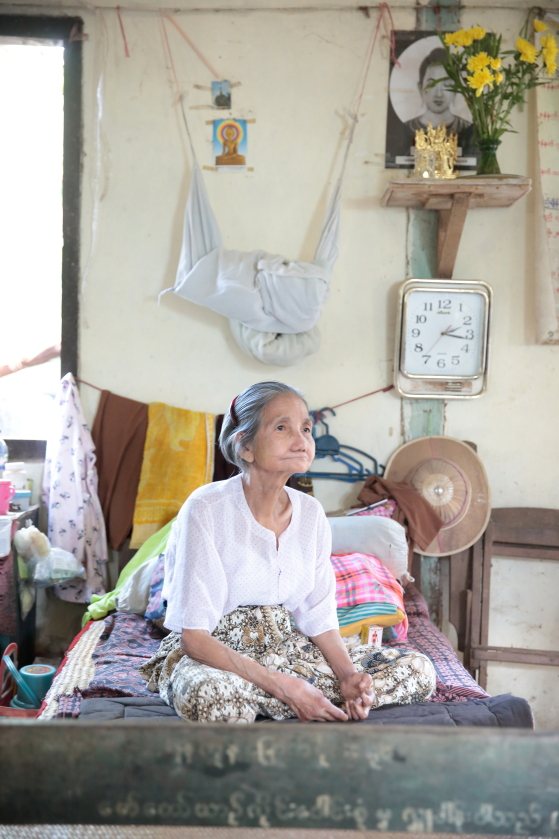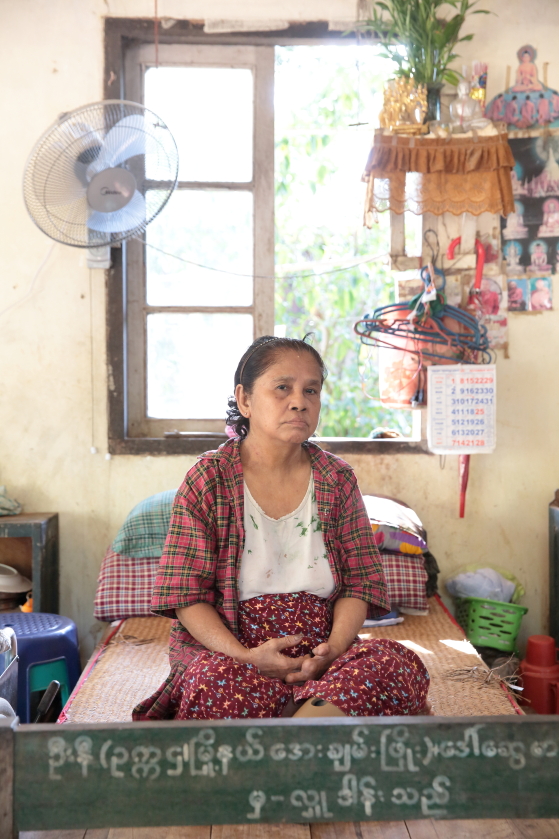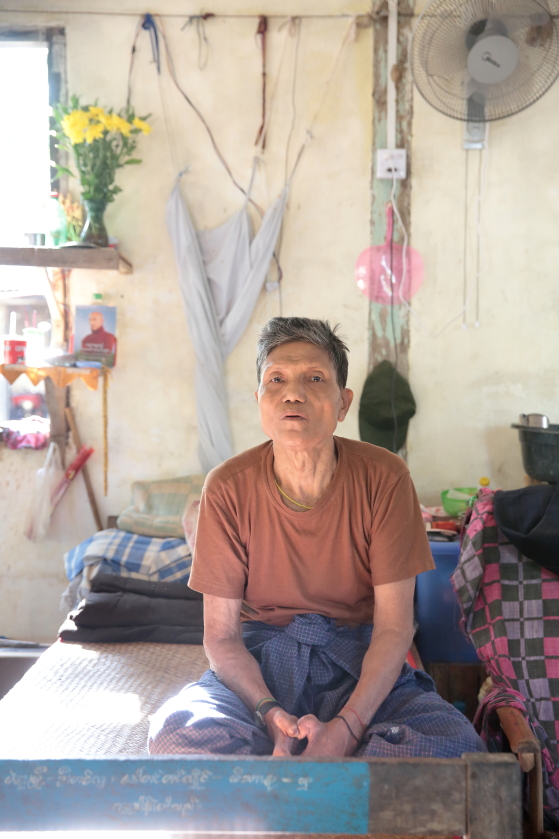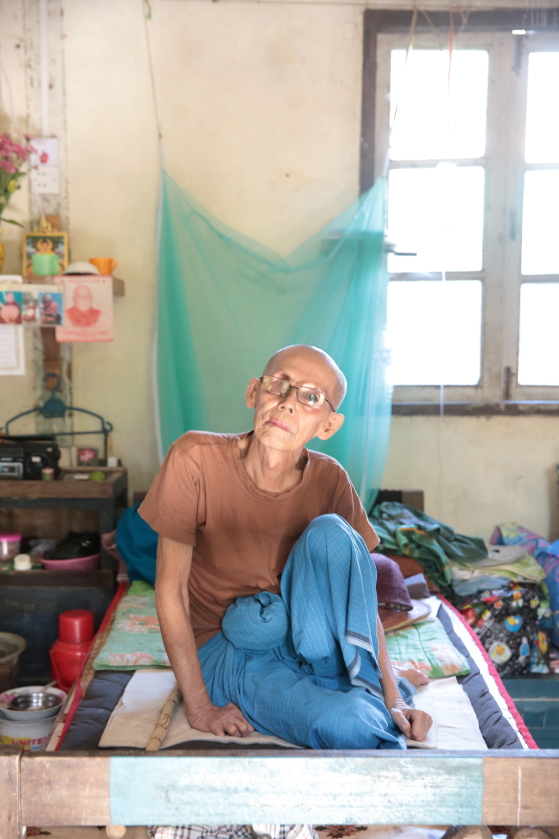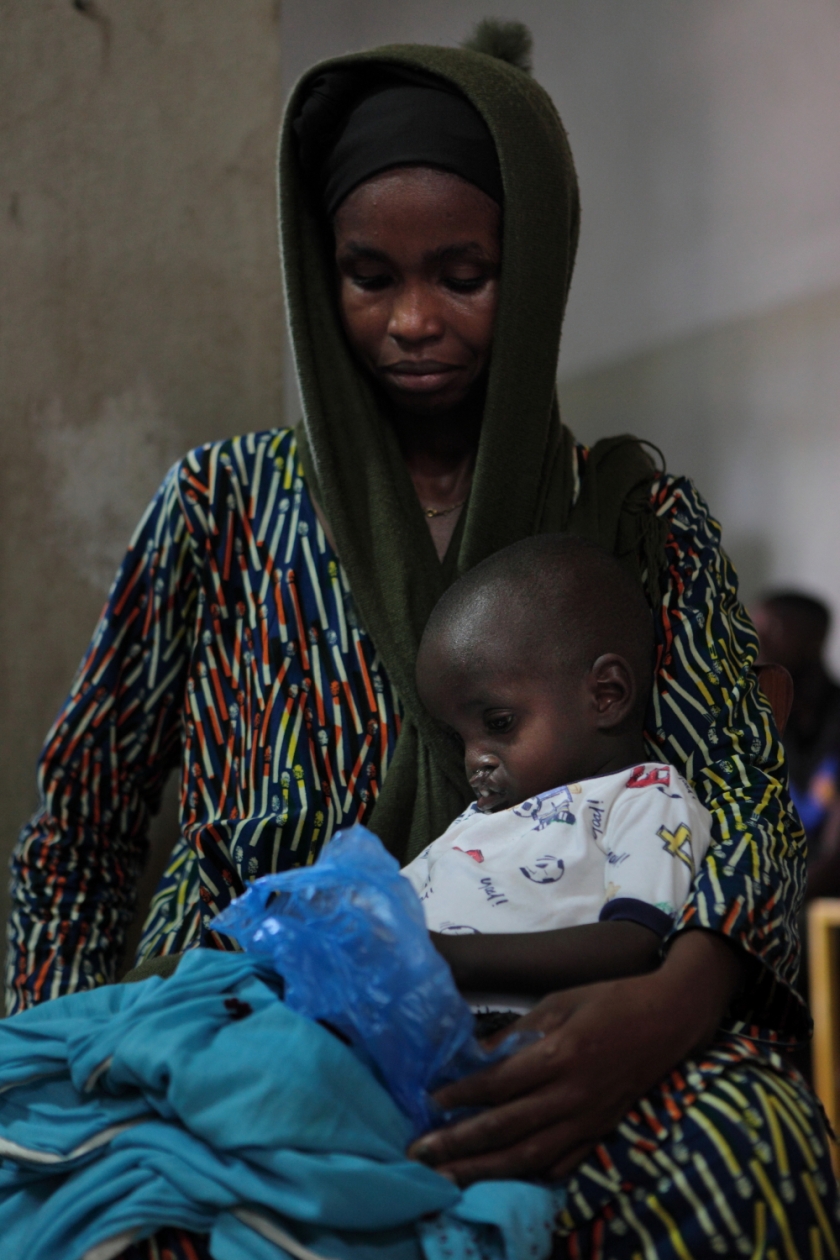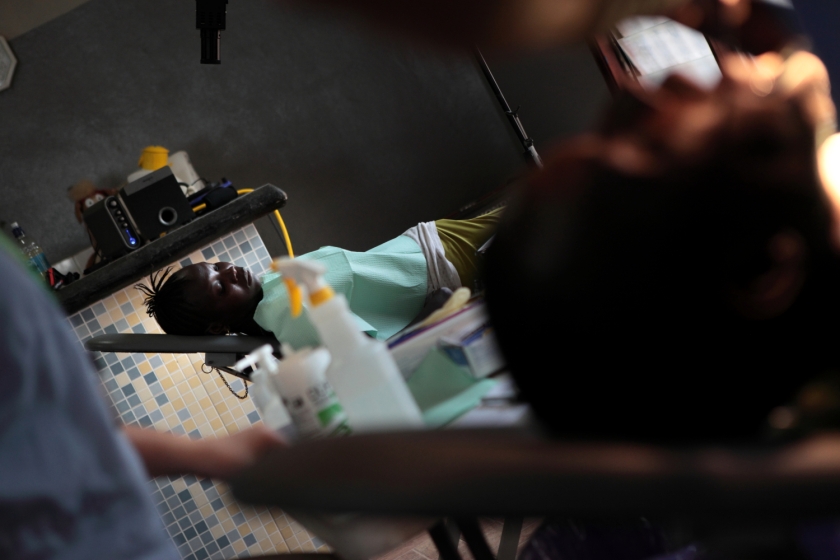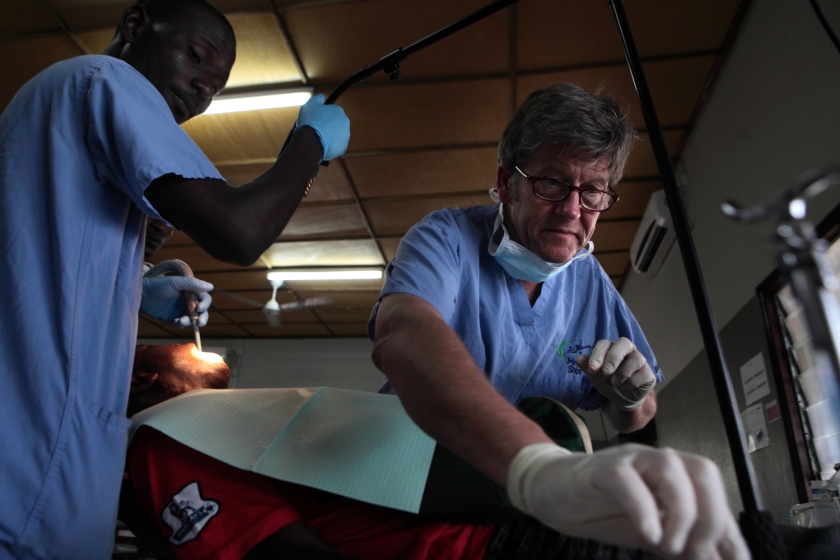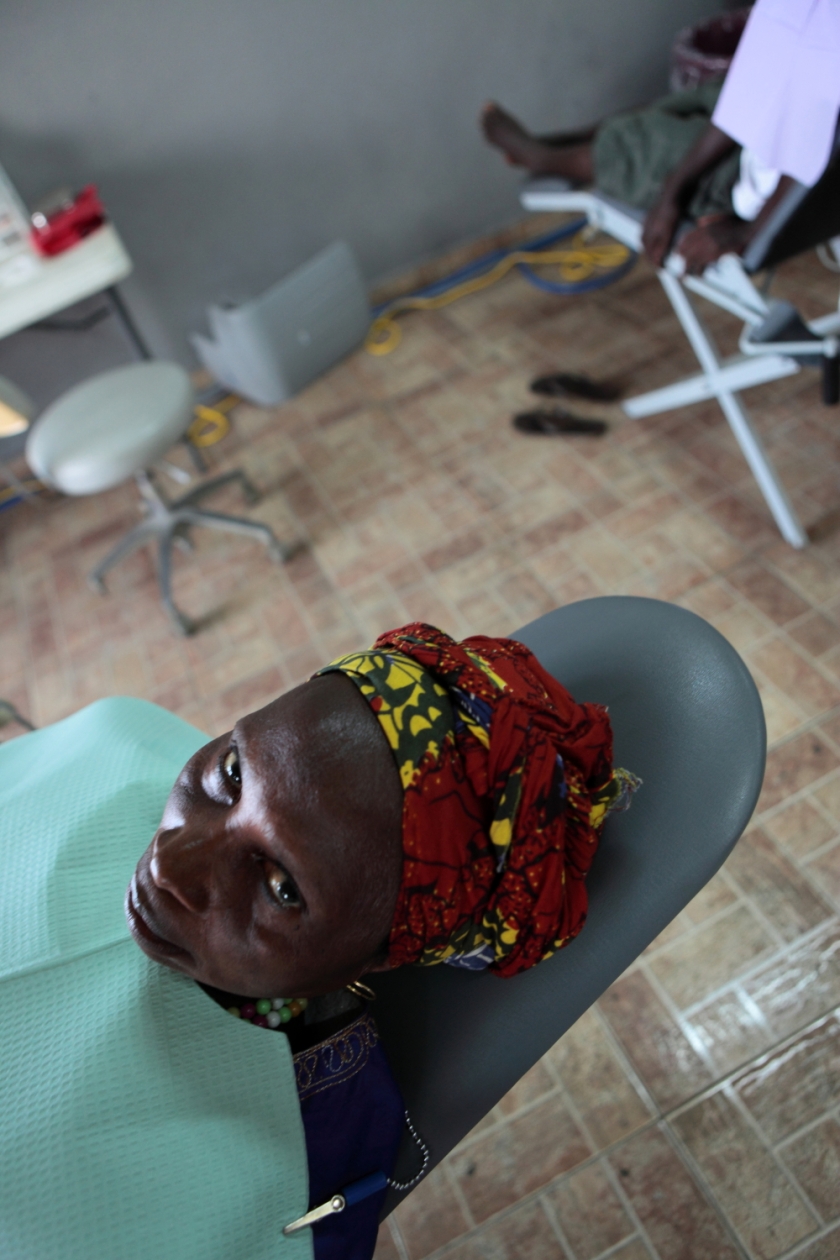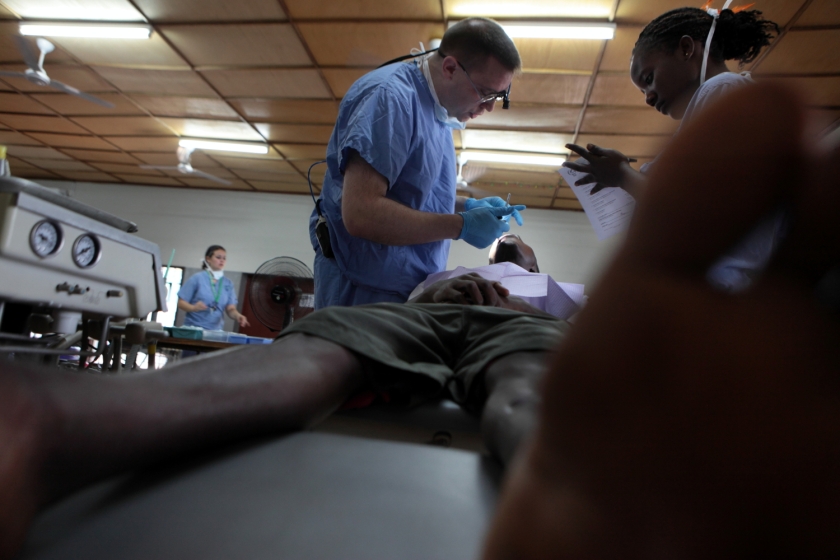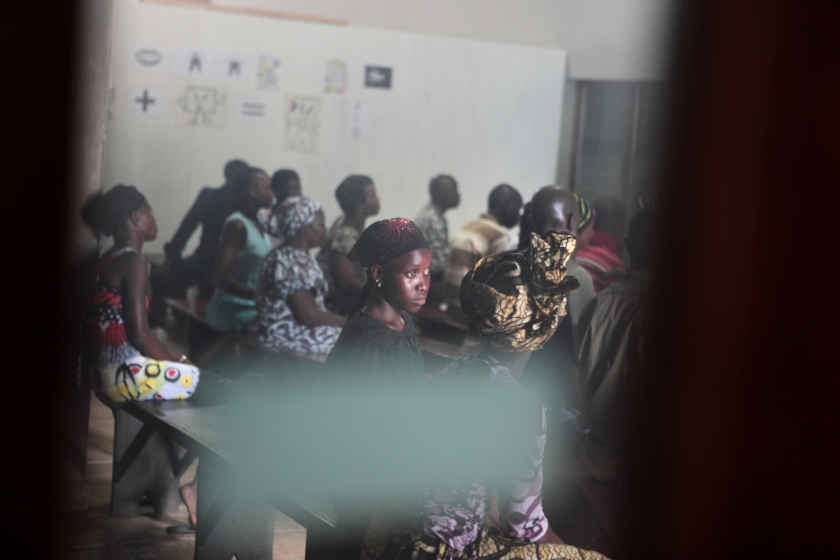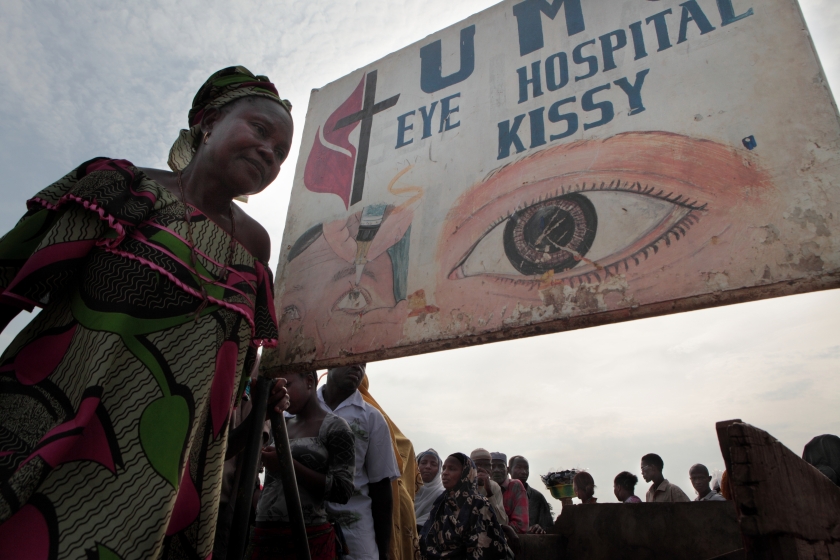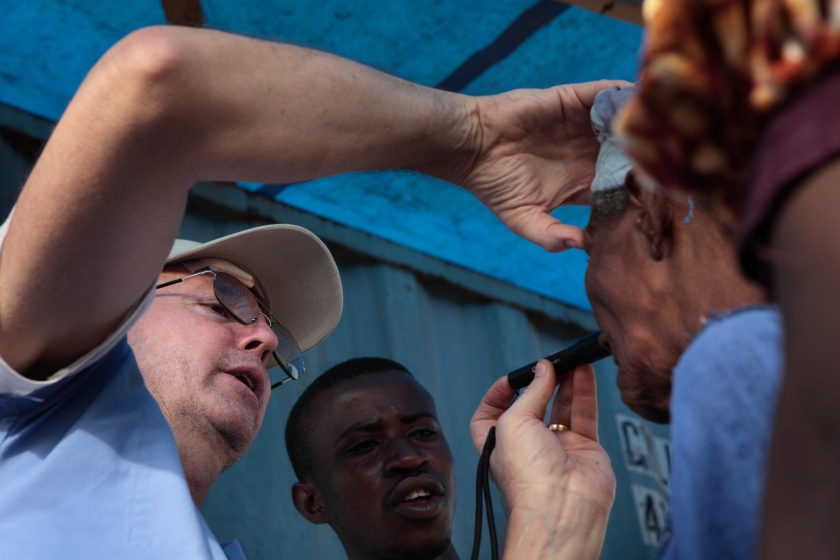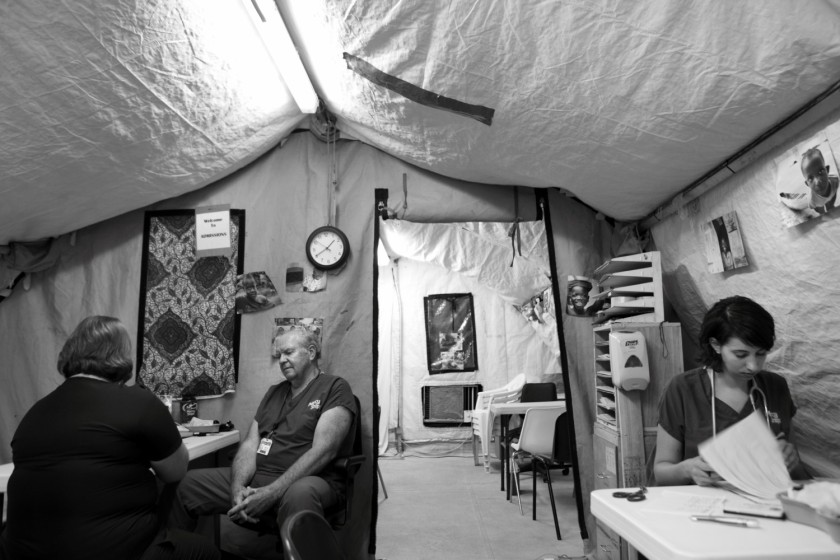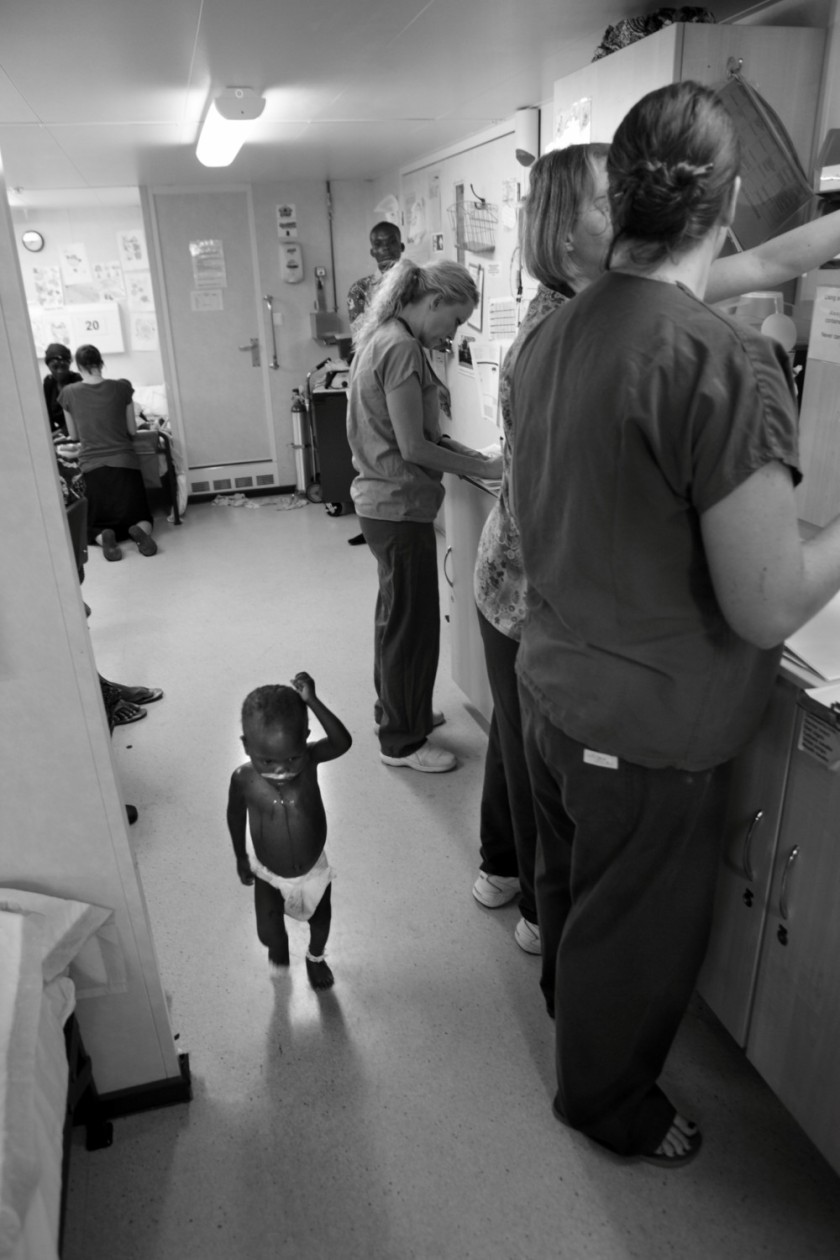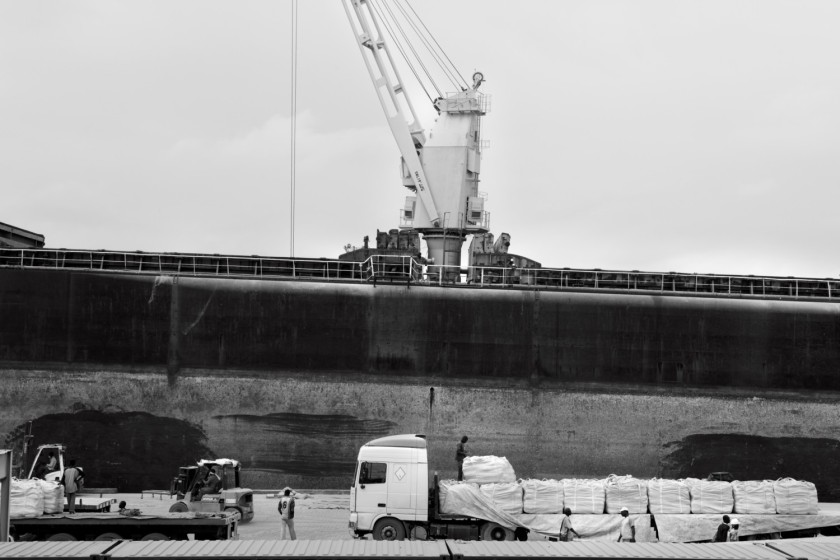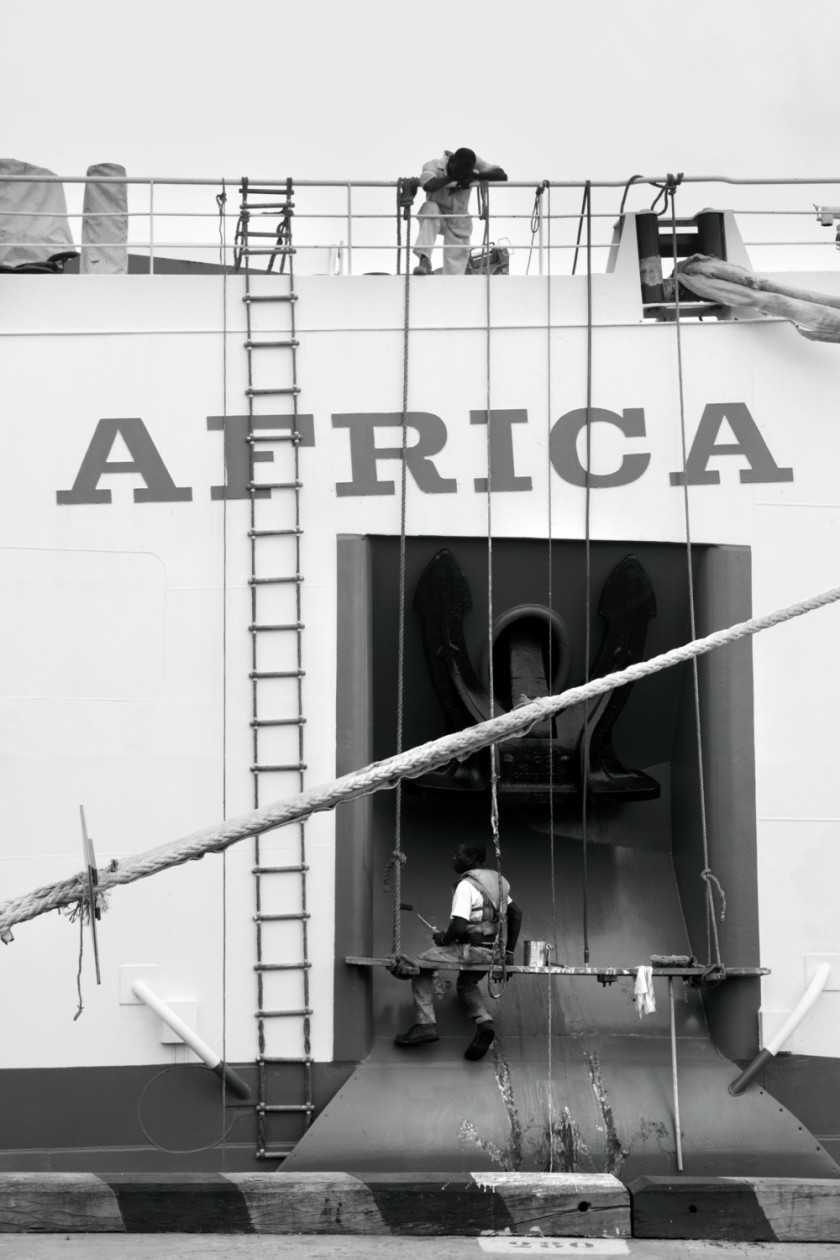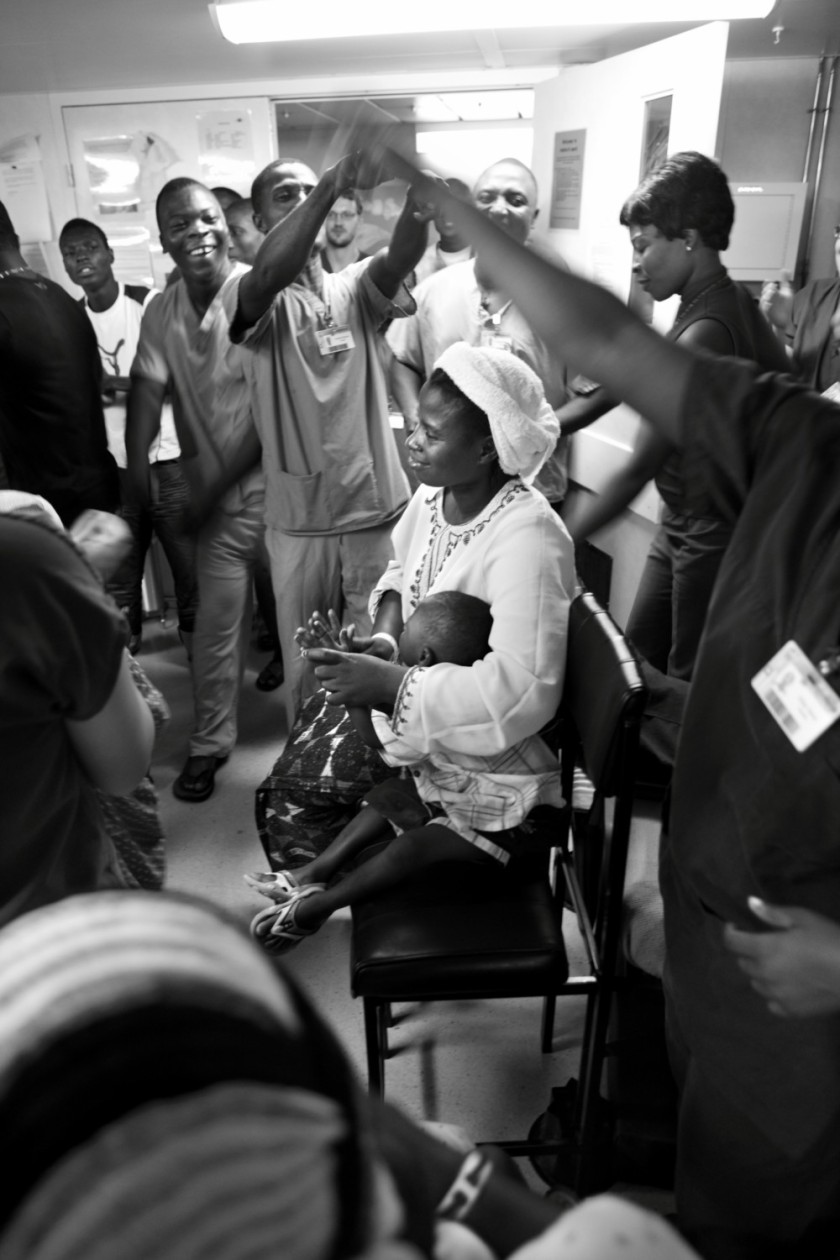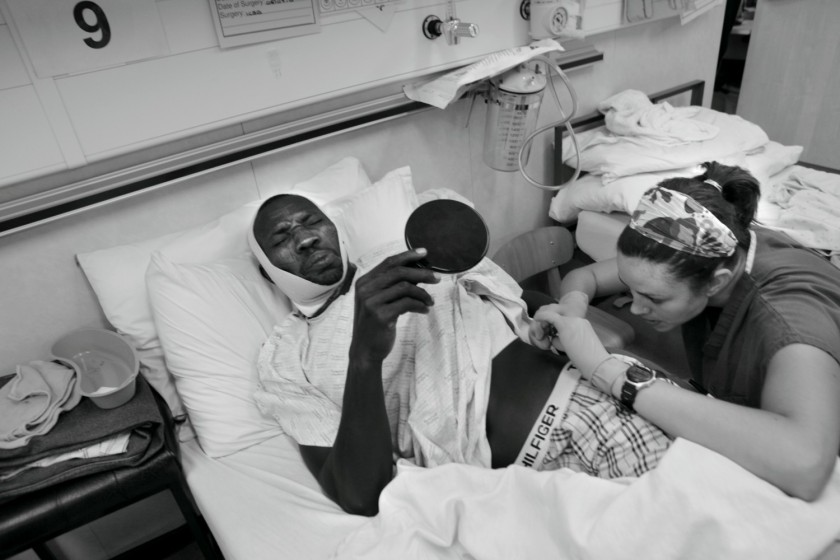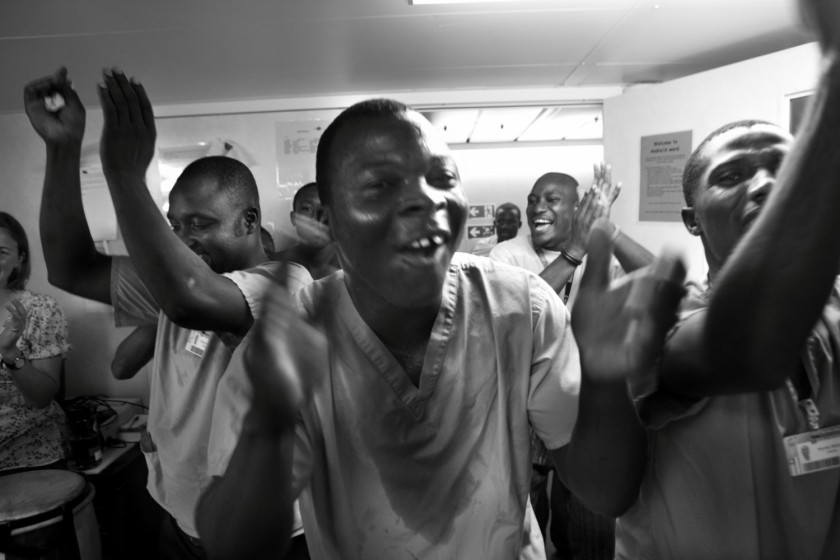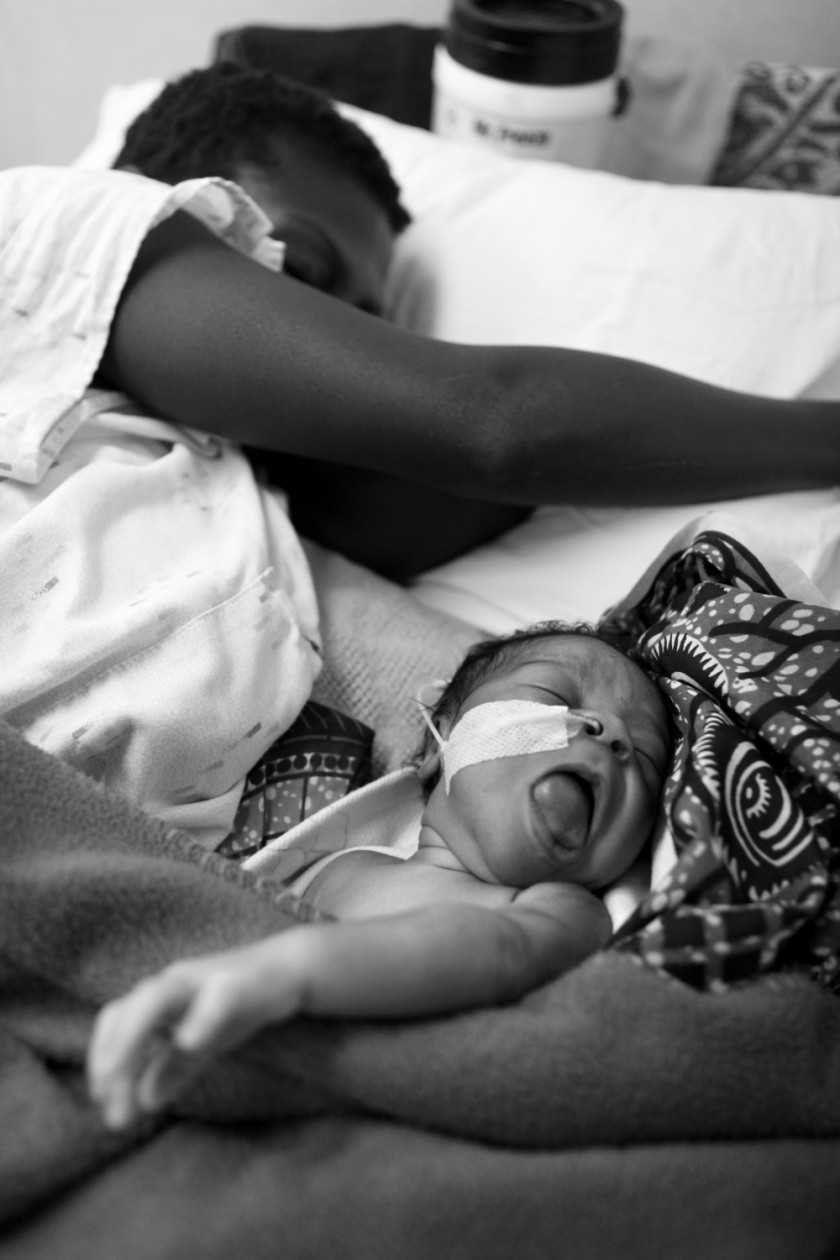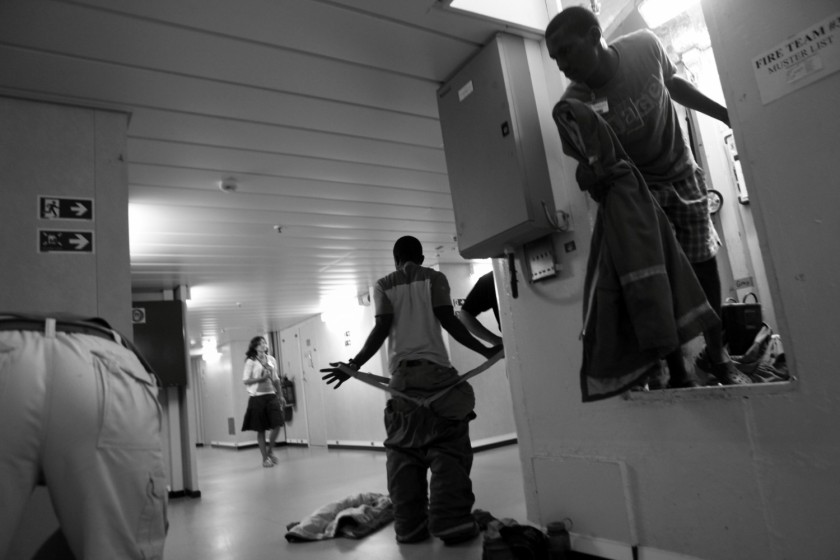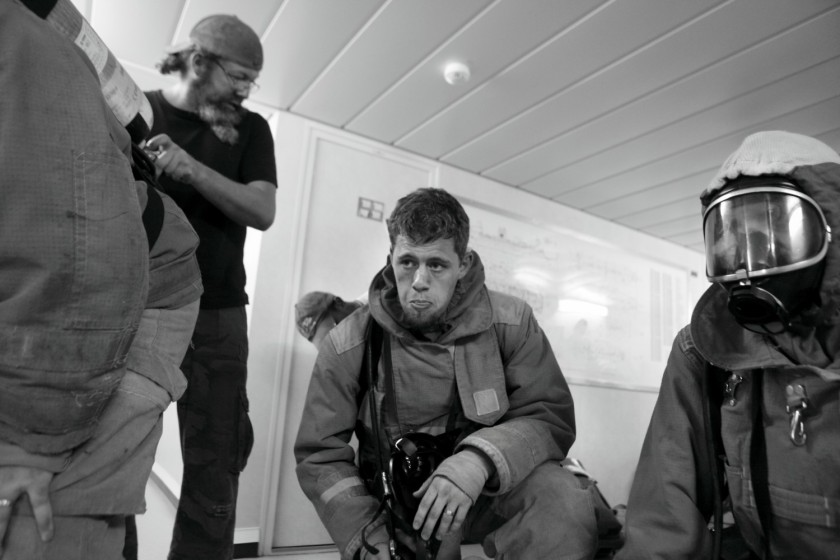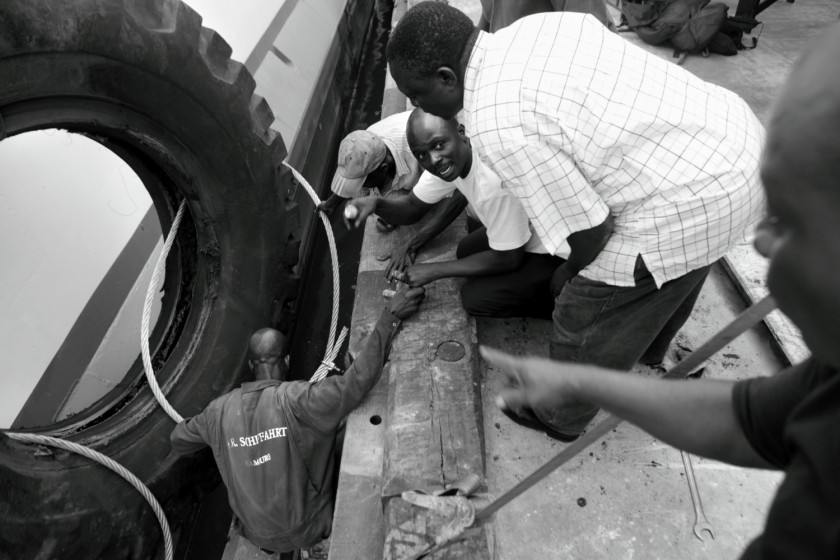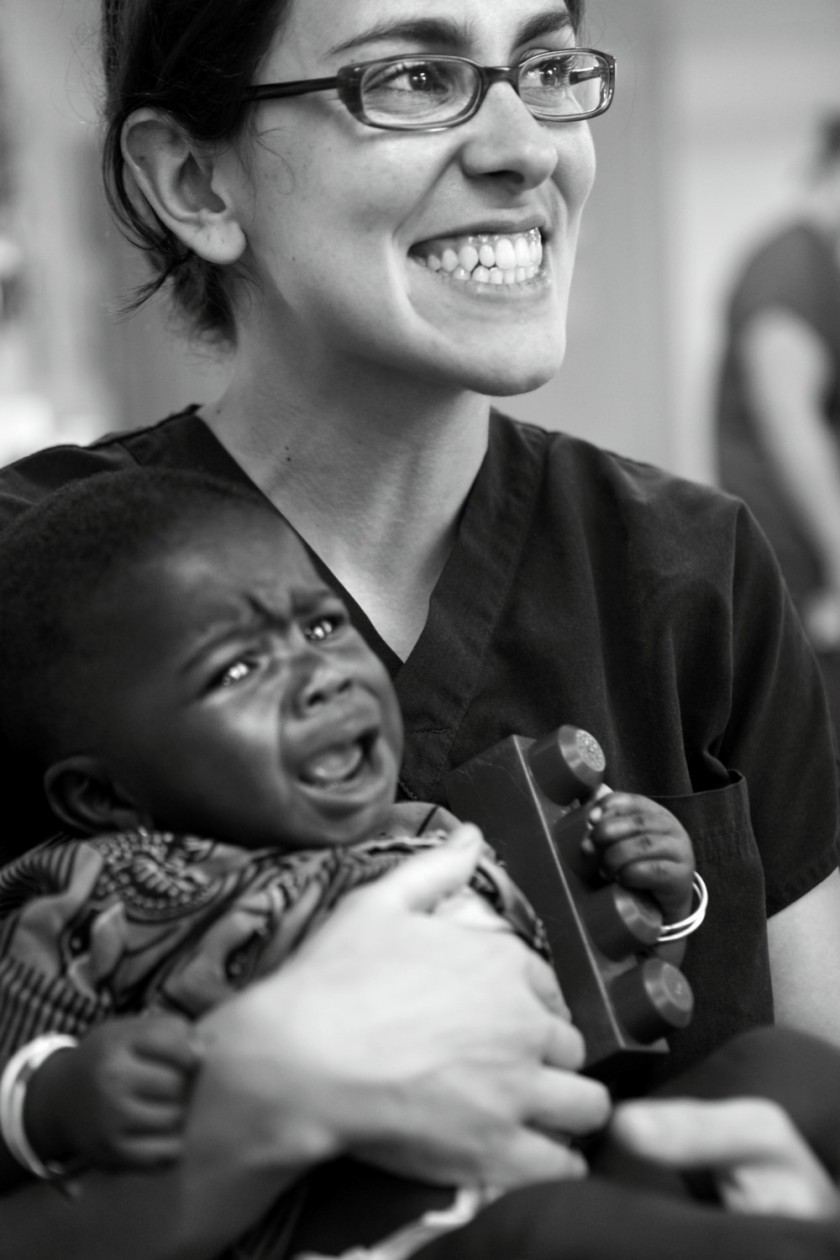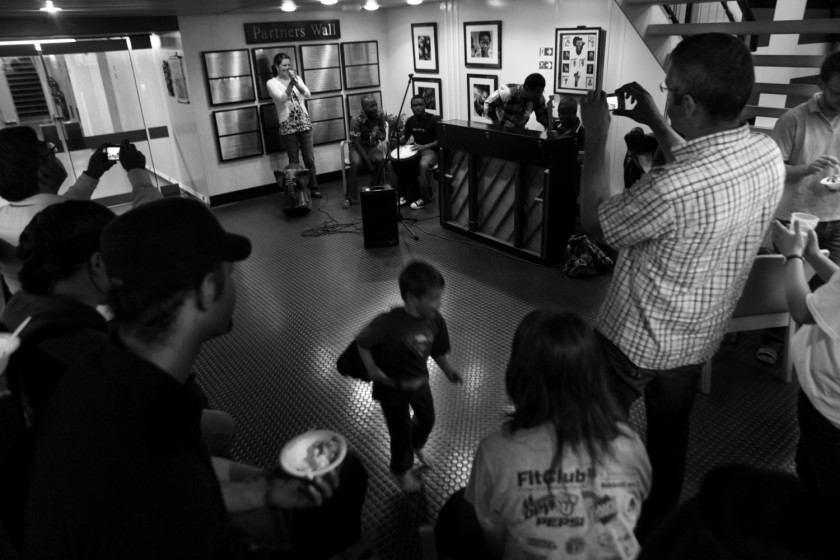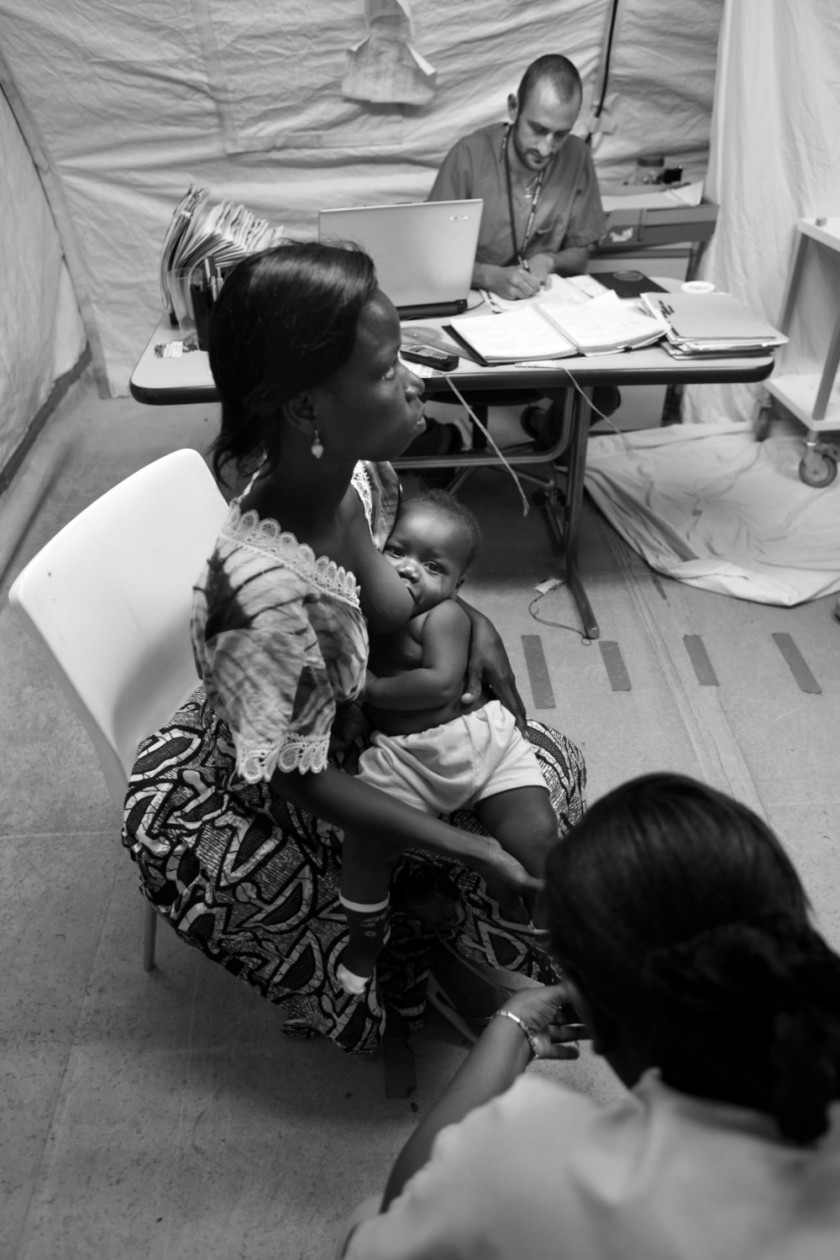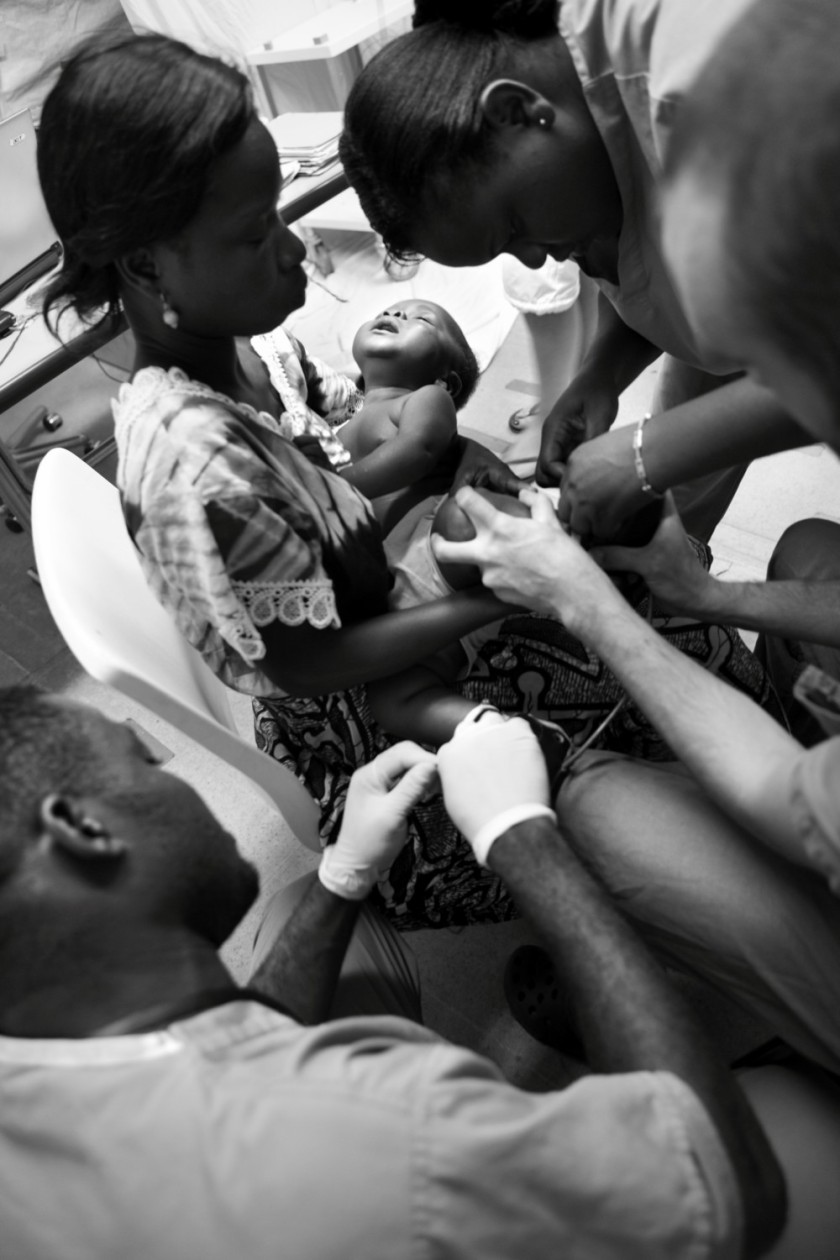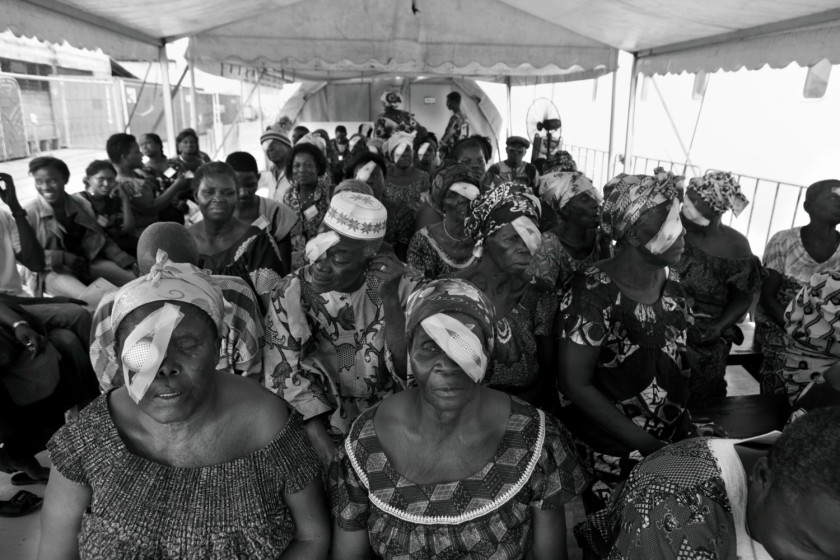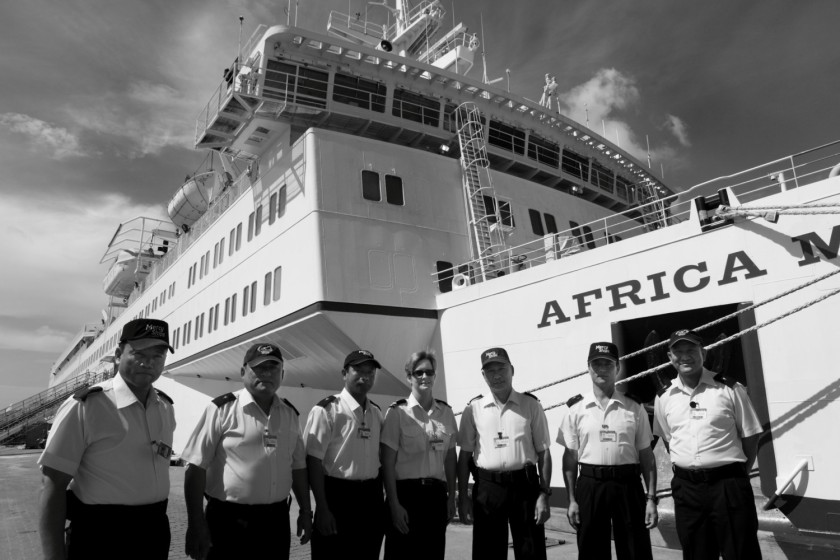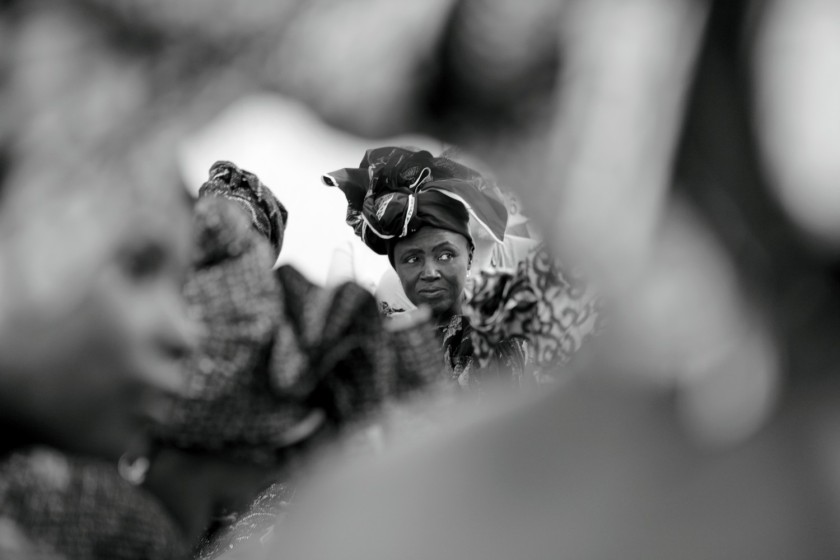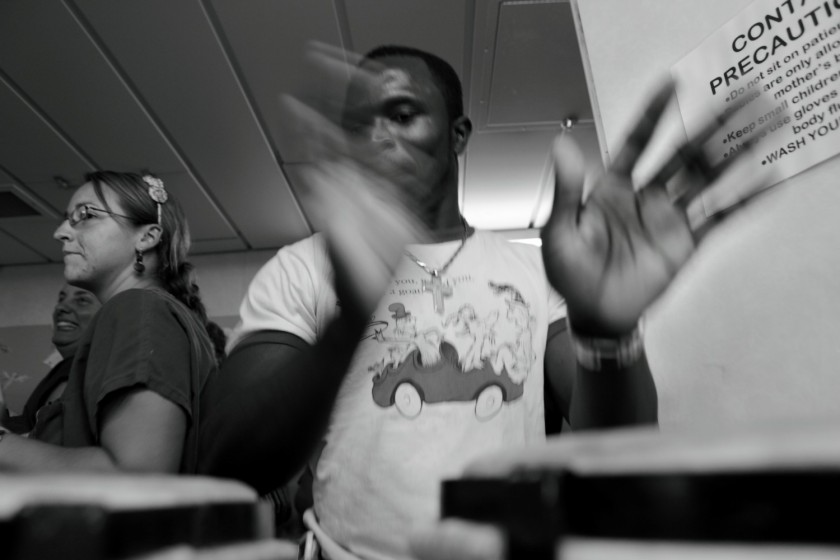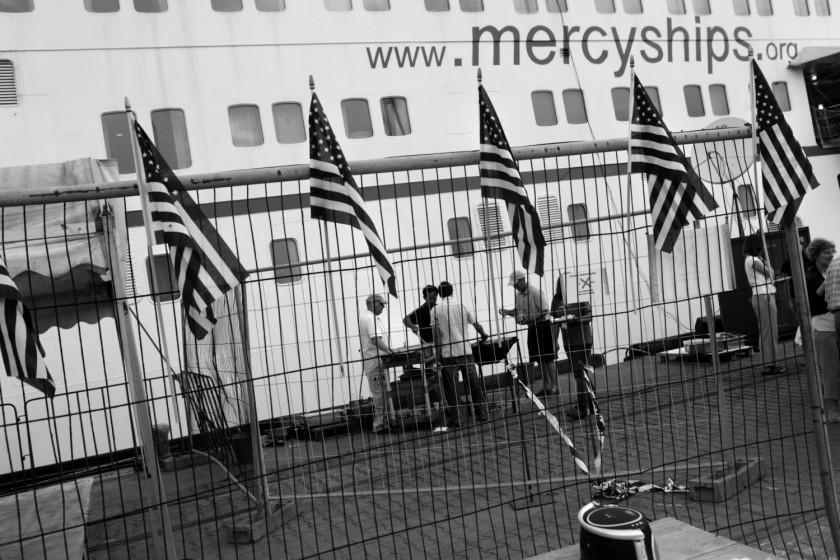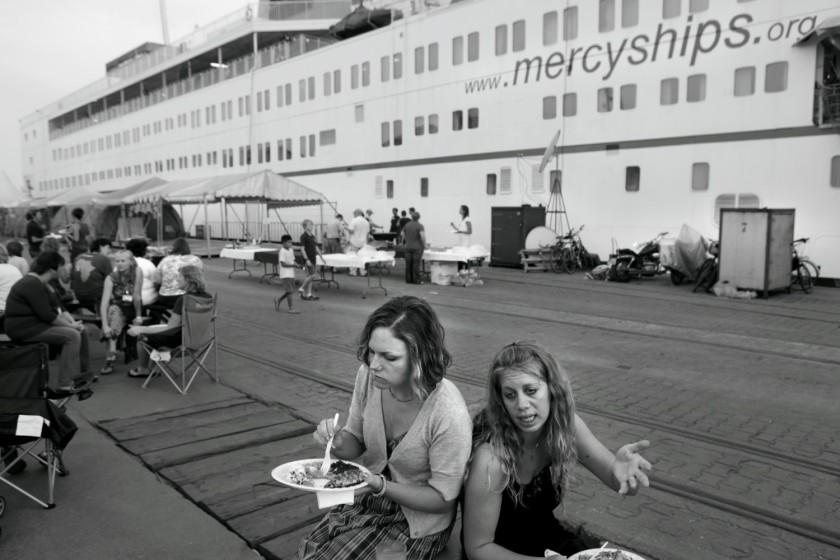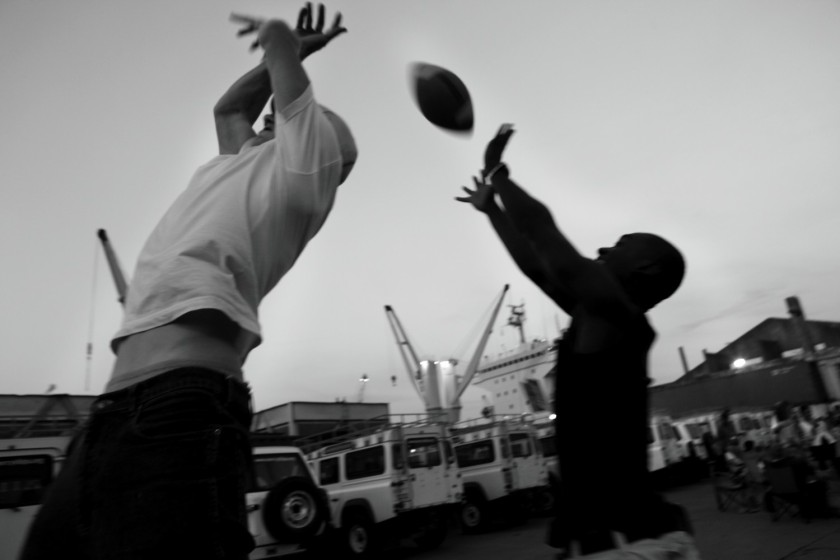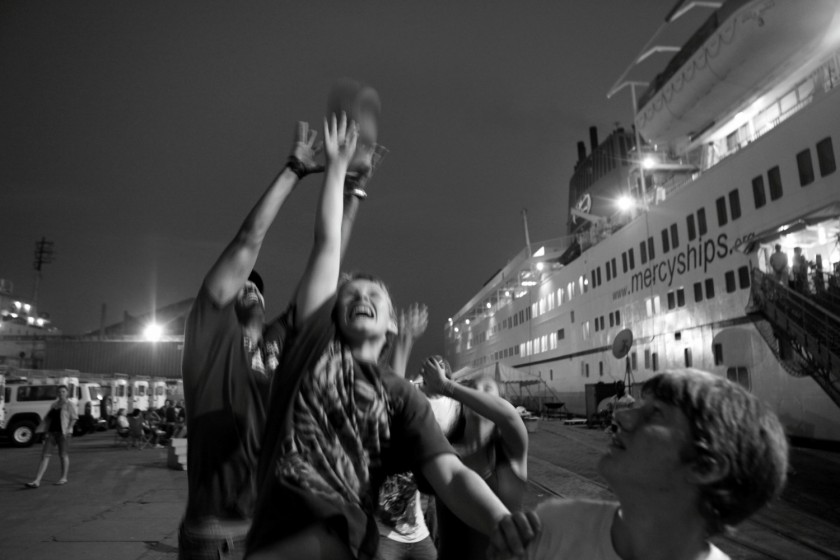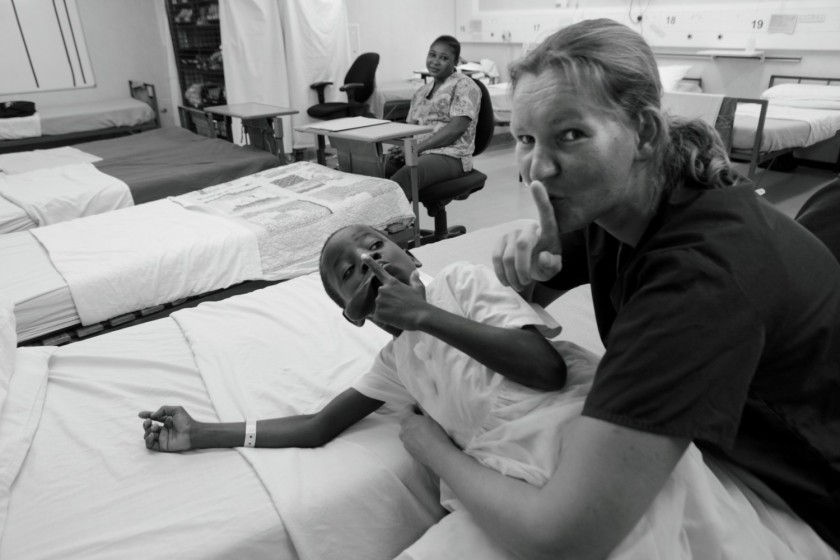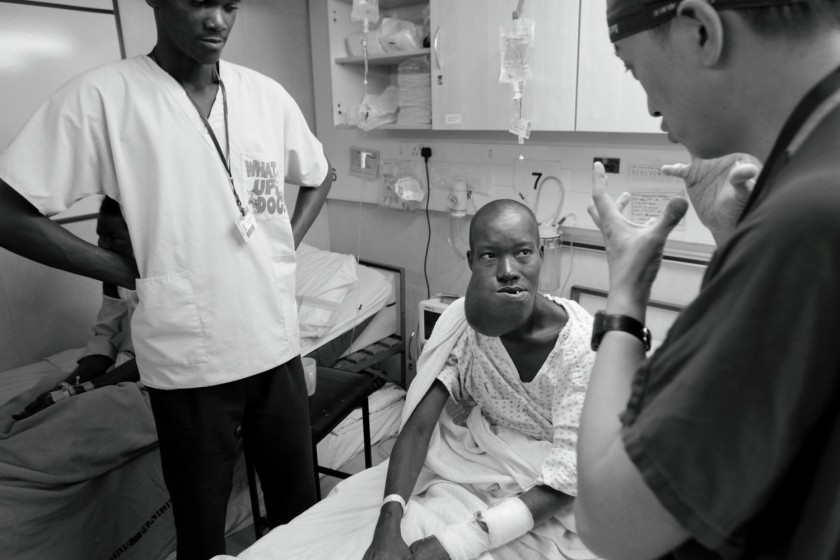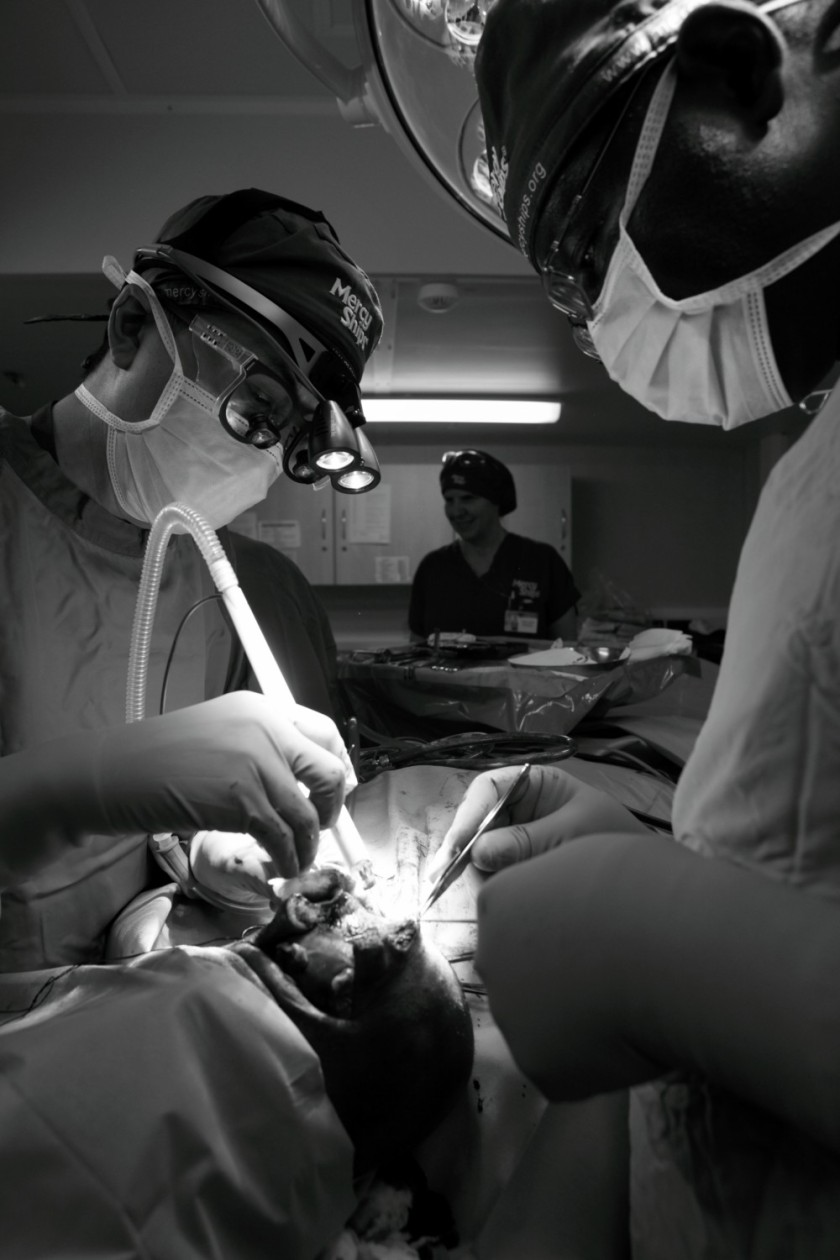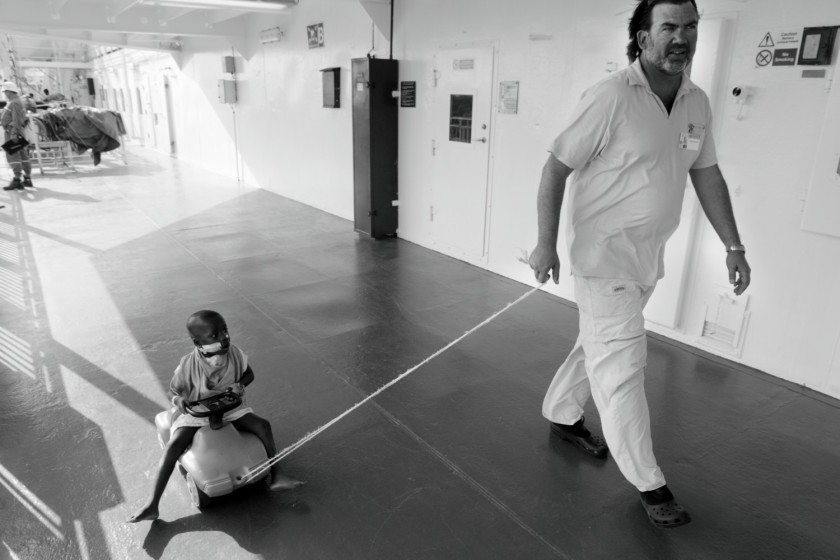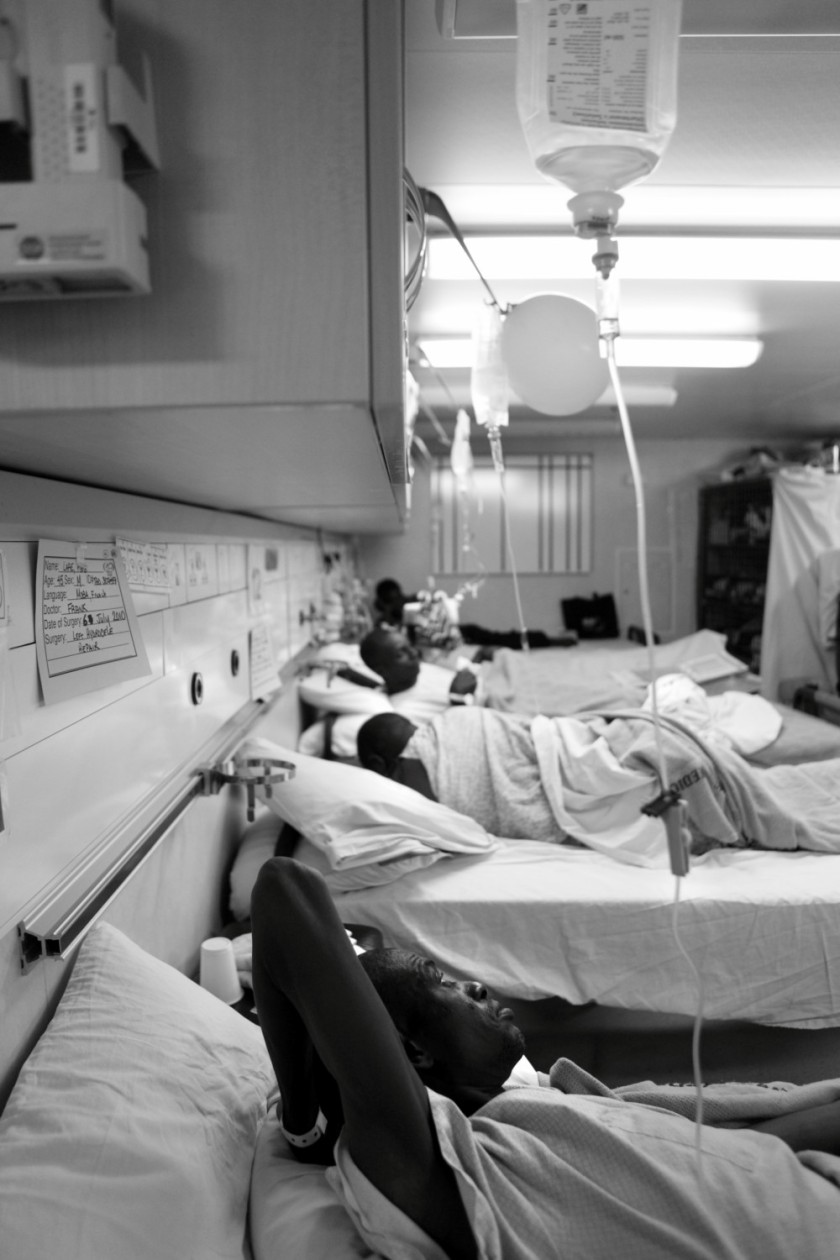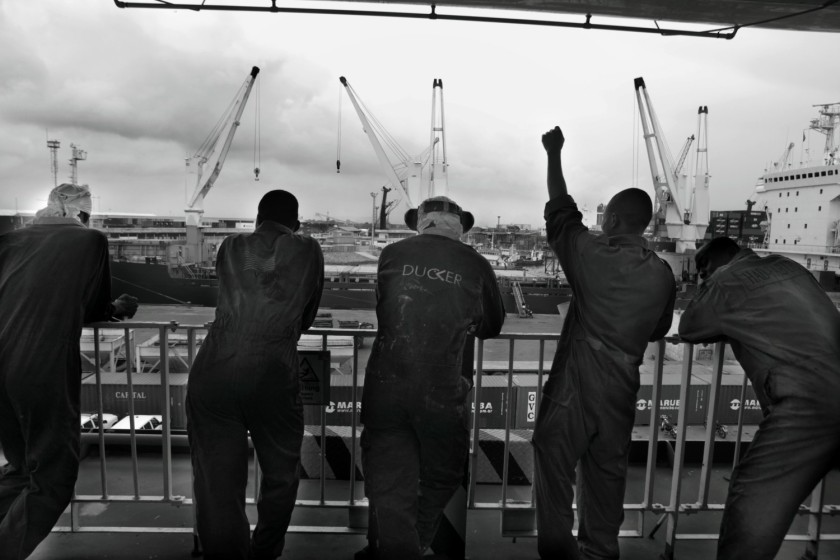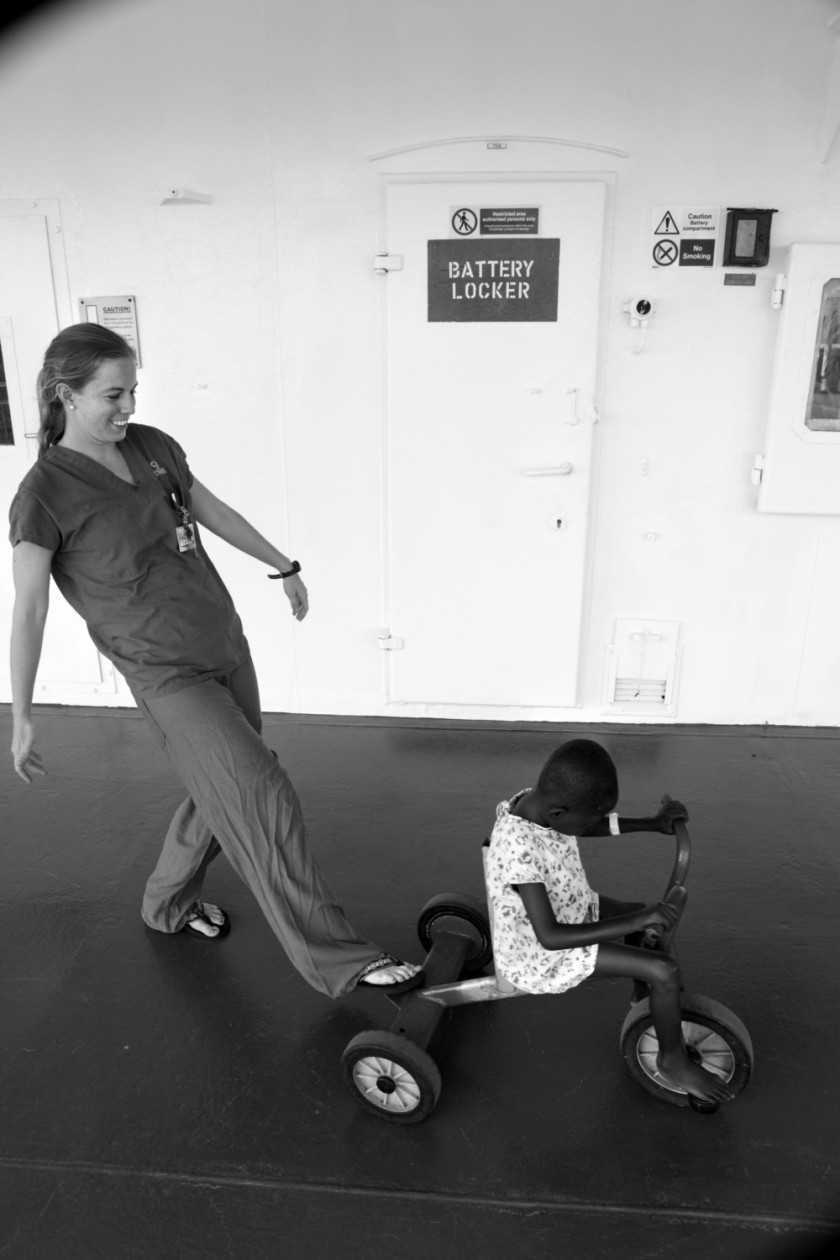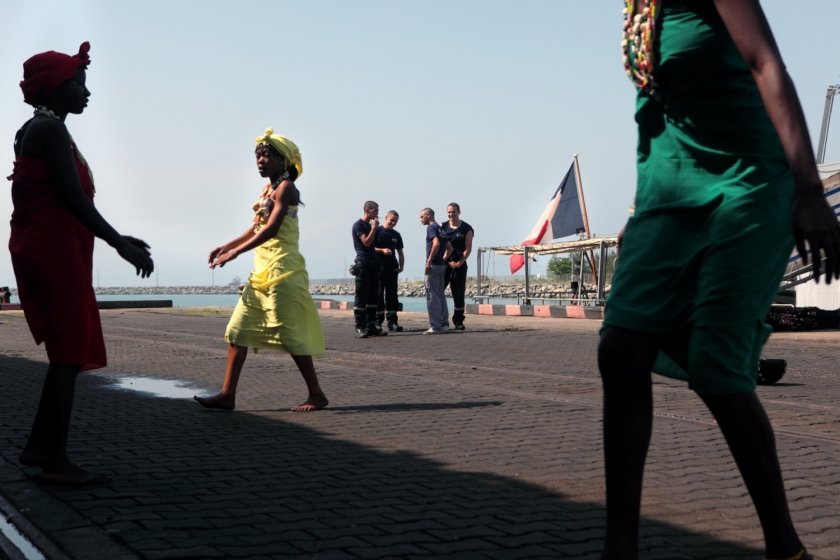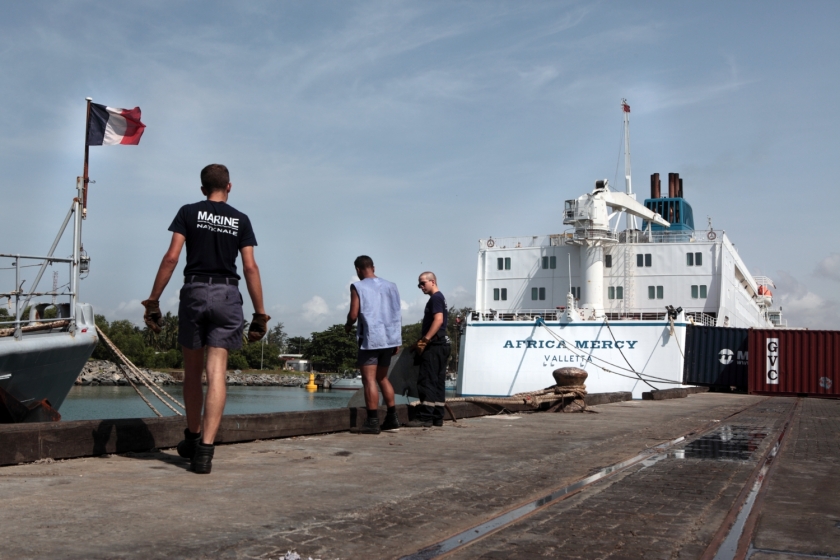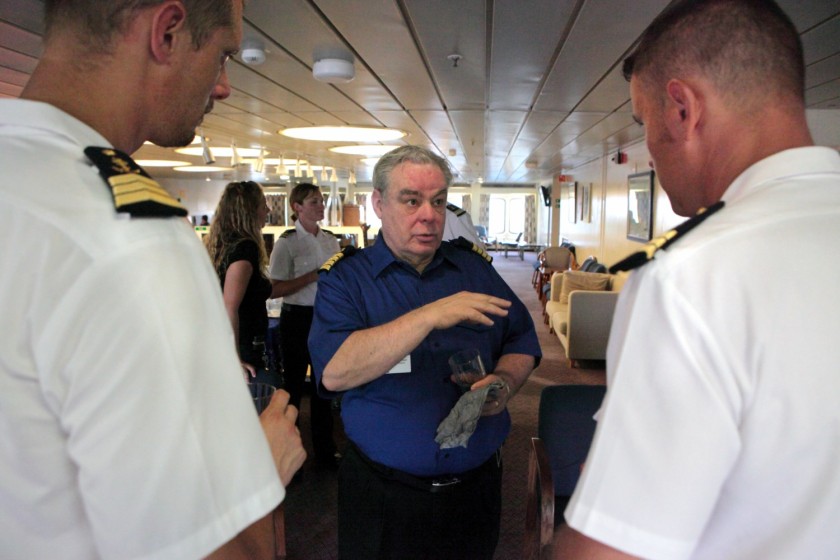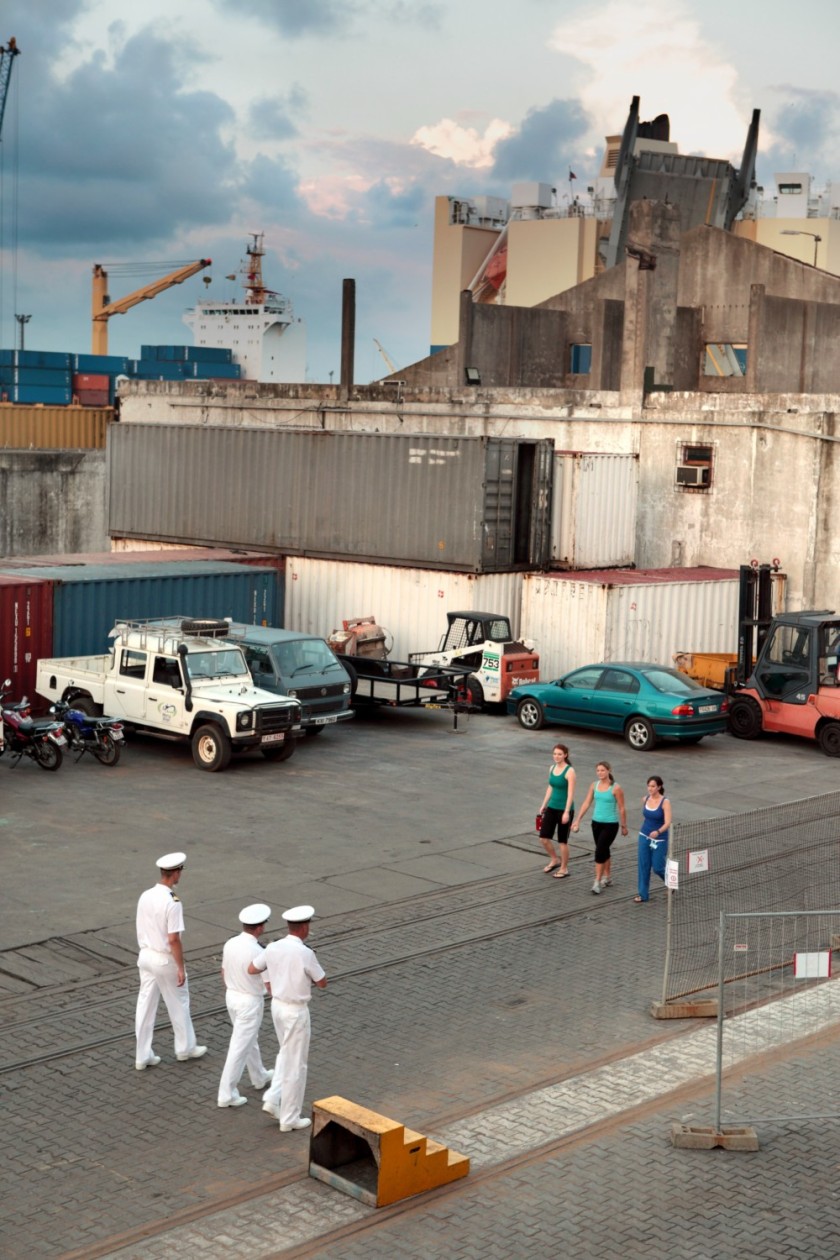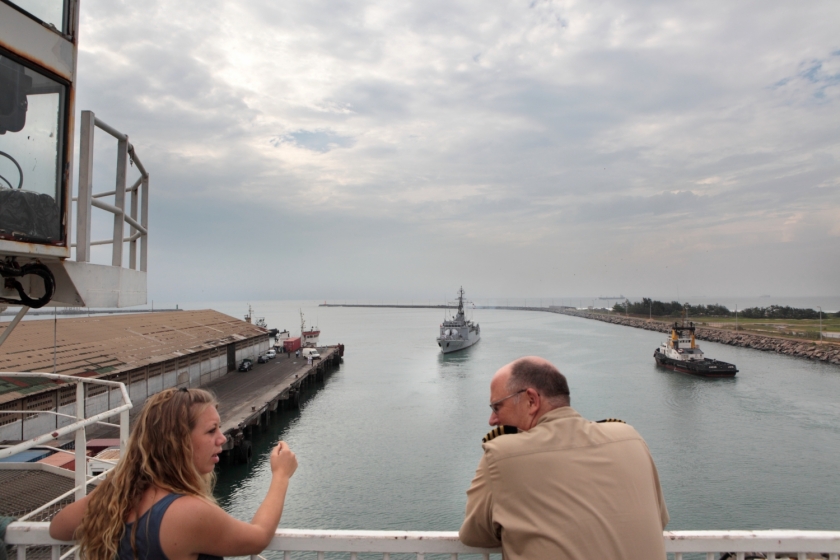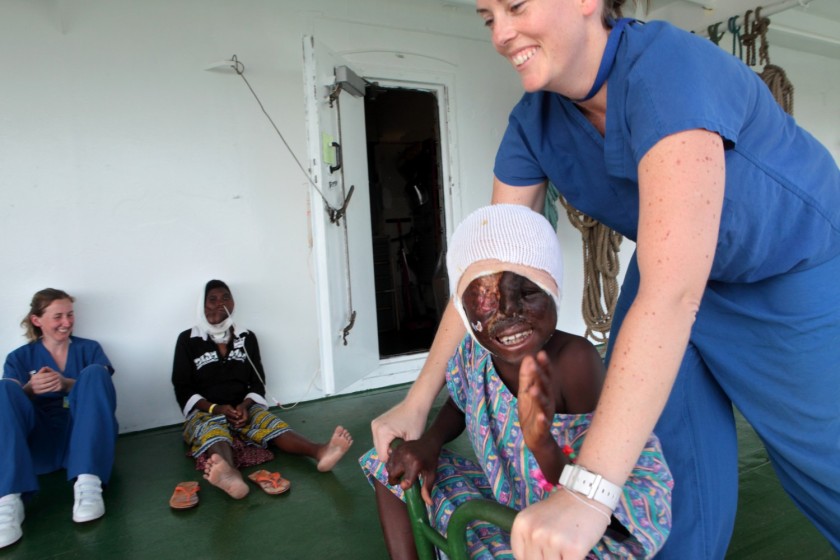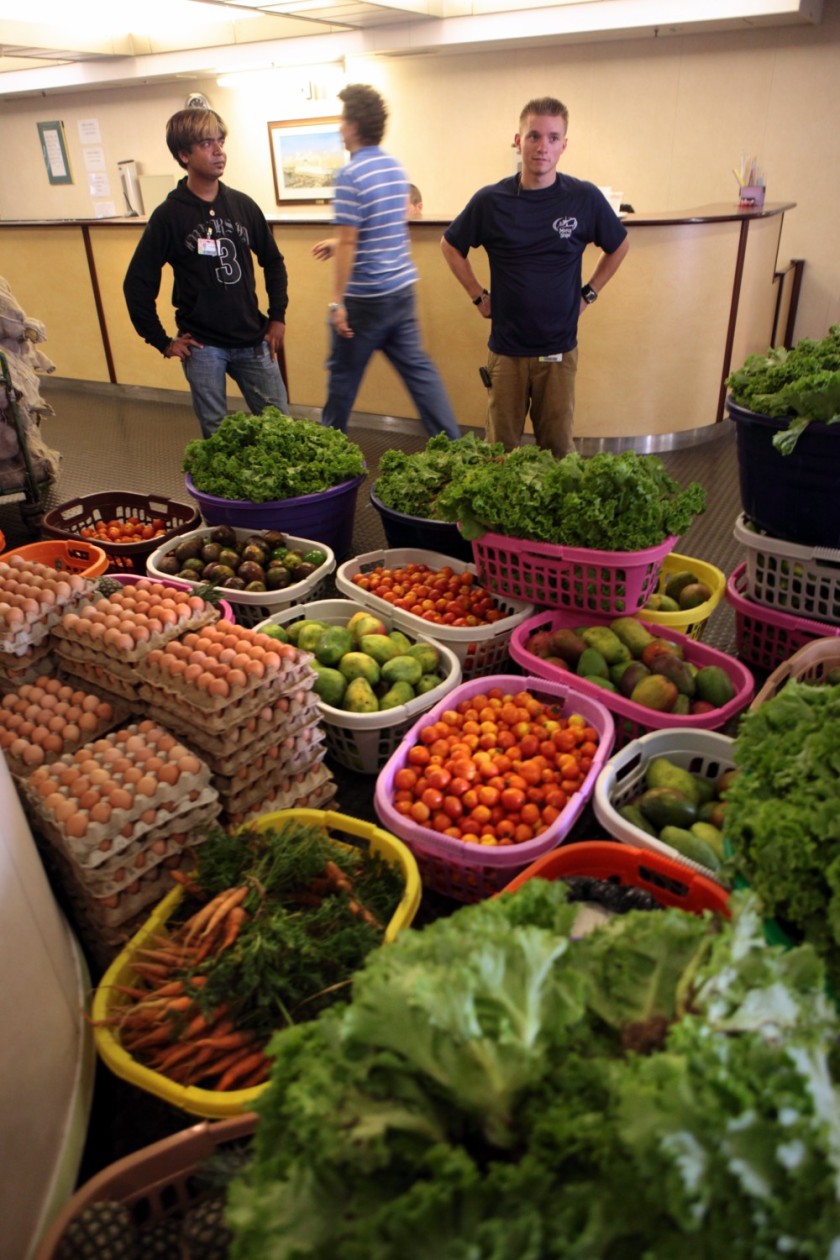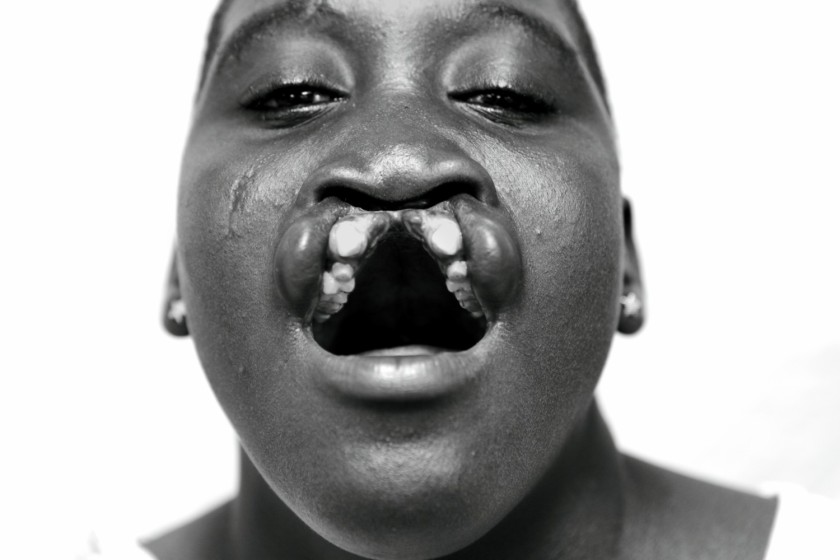While I was on assignment photographing leprosy in Myanmar last year I visited the aforementioned Ma Yan Chaung Leprosy Resettlement Village near Yangon. Frustratingly, due to Myanmar still being a very carefully controlled state, I was only allowed to visit for a few hours, when I would have liked to have stayed there for a week or more.
The area was made up of a leprosy hospital, a church with houses for selected vulnerable former/current leprosy patients, a village made up predominantly of people affected by leprosy and their families, and two dormitories.
The dormitories had about 30 beds each, all of which were occupied, and in which lived individuals affected by leprosy. It wasn’t a hospital, but a community. They all had duties, some of them even had jobs. There was a strict routine each day, getting up early, eating together at specific times and going to bed early. There was little privacy as each dormitory was just one long room with beds facing each other. Some people had been there for many years, others quite recently.
On the face of it, it appeared to be a charitable situation; though there are several social enterprises in place to keep the dormitories going, it still relies on donations of various forms. I know this to be a very simplistic view, and though I wasn’t allowed much time to observe the complexities of this relationship I wanted to turn this view on it’s head somehow.
So I asked them each to think of when they last gave something to someone else – an intrinsic part of the Burmese Buddhist culture. Then I took just one or two shots of them on their bed. I didn’t direct them at all, I just wanted to show them, with their worldly possessions around them, and their quote that makes them the donor, and not the beneficiary. I’m going to try and expand this concept in my long-term project Leprosy Eliminated?.
“10 days ago I gave rice to a teacher in a remote village.” Daw Lone Tin
“Last week I donated some food to a monk living in the forest.” Daw Mya Sein
“Yesterday, on 2nd December I gave some noodles to a monk.” Daw Sun Tint
“2 months ago I gave a longyi to one of the people affected by leprosy.” Daw Than Khin
“On the 15th November I gave a longyi and some noodles and other food to a poor patient.” Daw Tin Shwe
“10 days ago I was given an extra blanket which I felt I didn’t need, so I gave it to someone who needed it more.” U Thein Han
“15 days ago I gave some longyis to some local people.” U Ko Mya Oo
“I donated a thermoplast to a monk on 19th November” U Mg Mg Khin
“Last Saturday I donated packs of noodles to a monk.” U Tao
“10 days ago I gave one shirt and one longyi to a person in the village here.” U Tin Khaing

